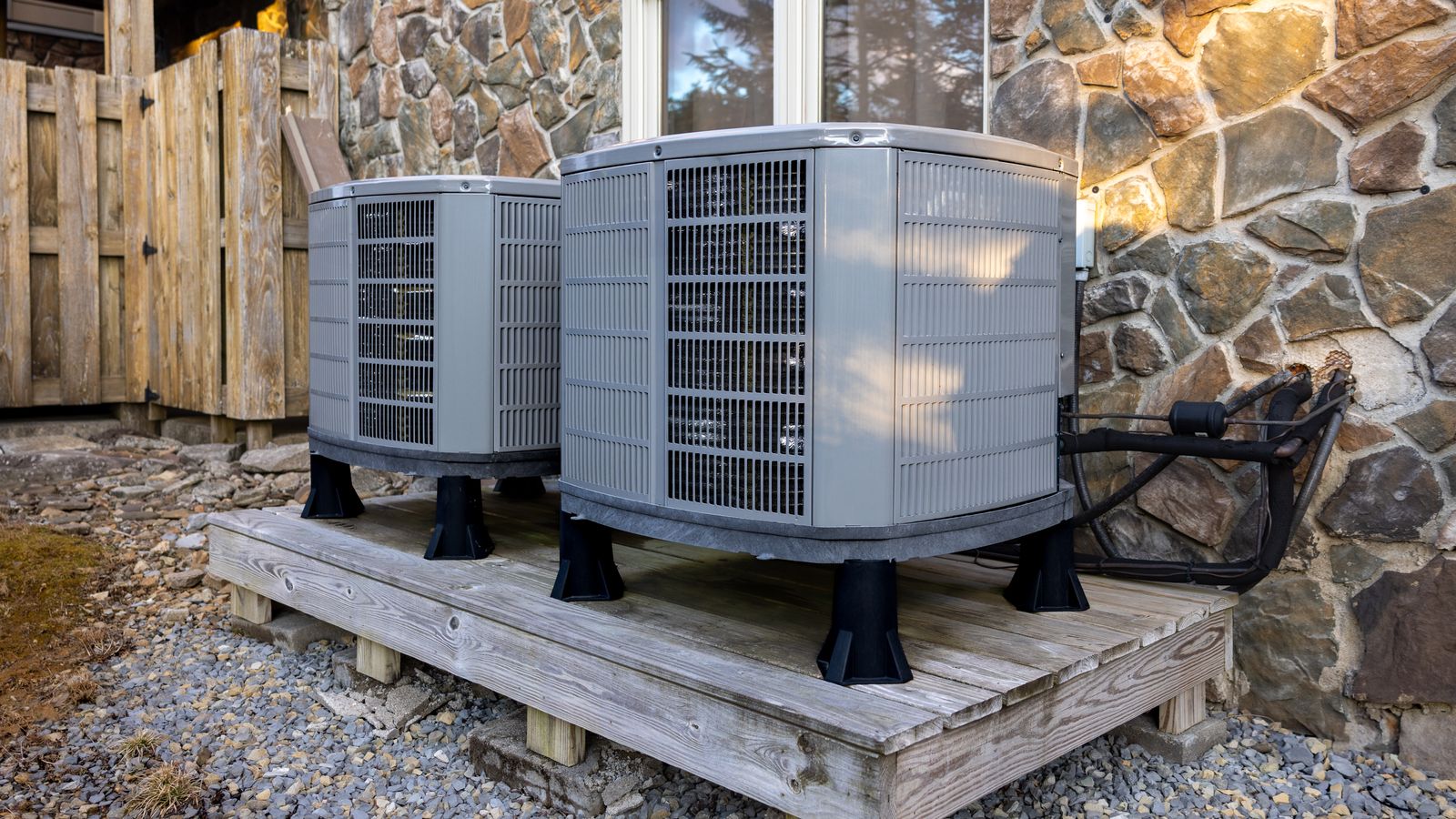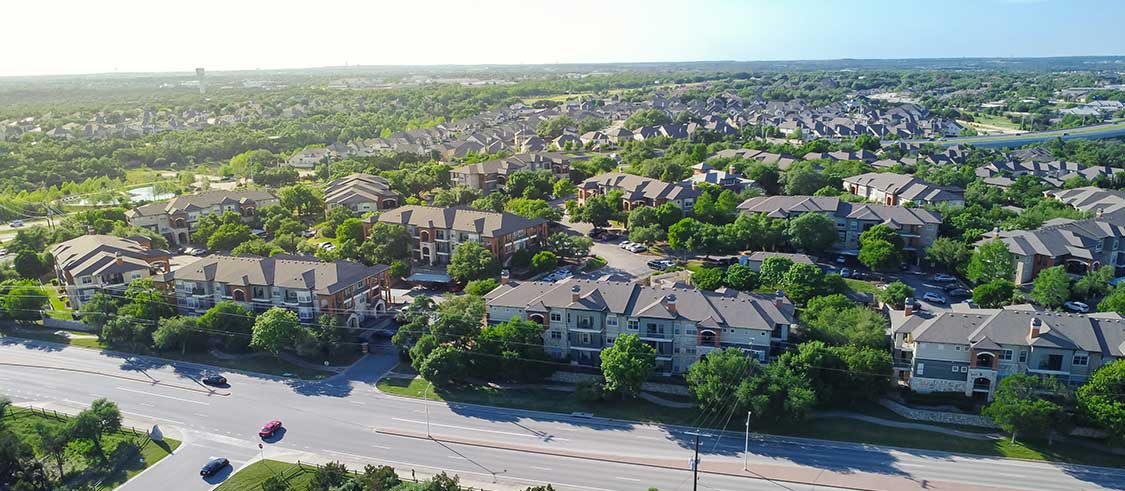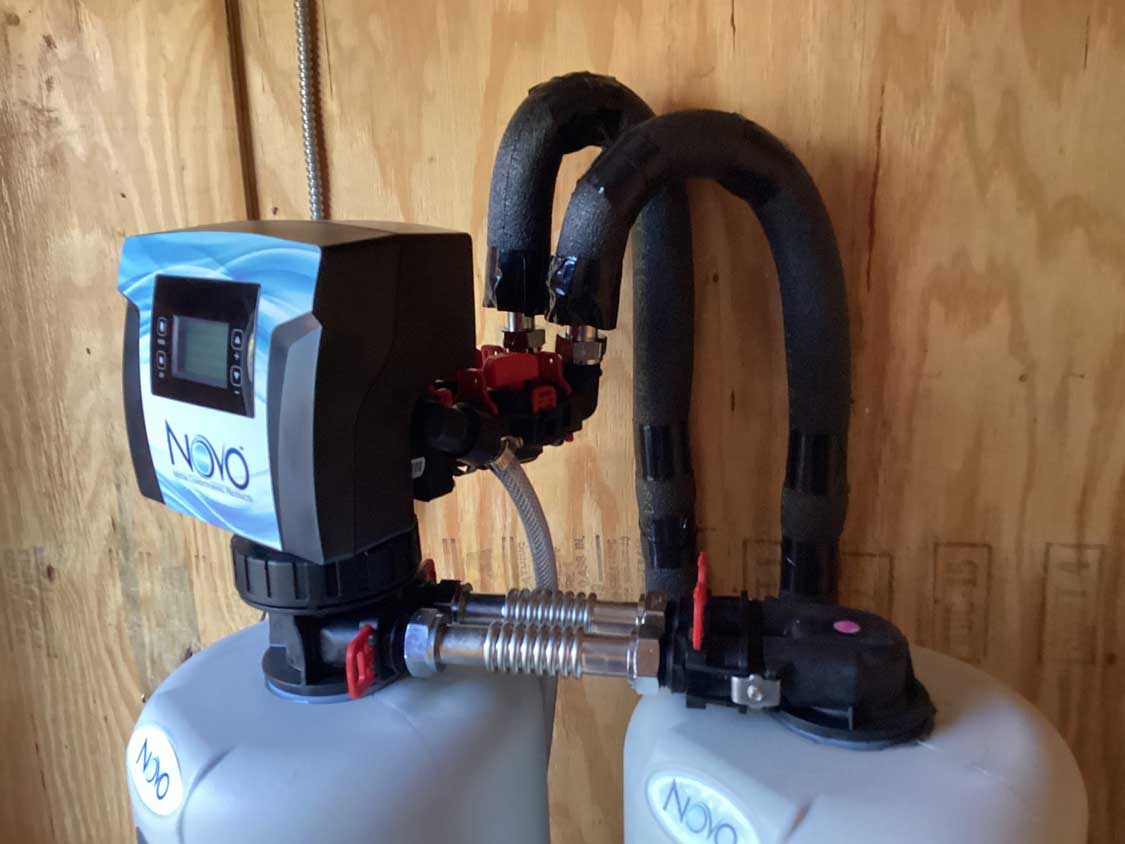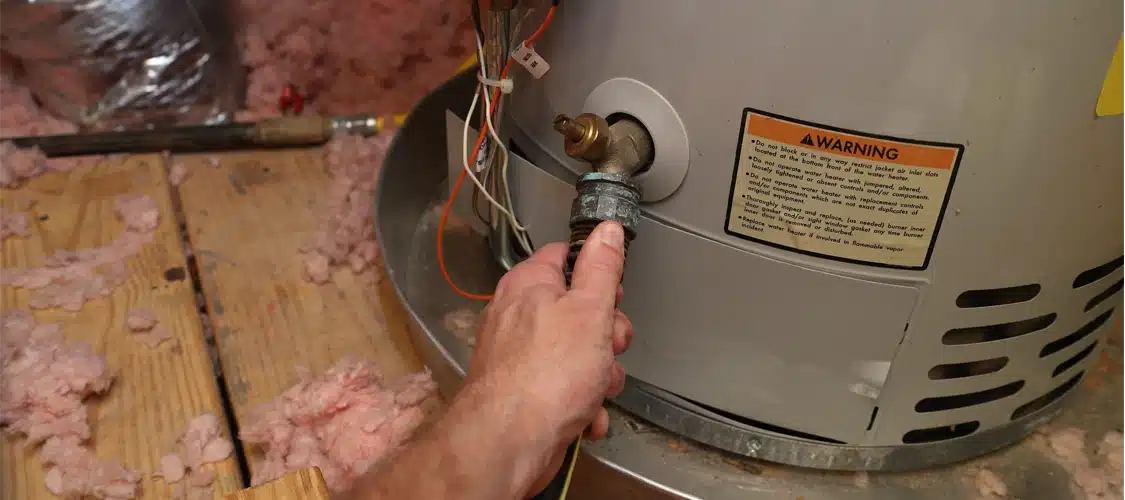Here at Radiant Plumbing & Air Conditioning, we’ve helped thousands of homeowners across Austin and San Antonio decide when it’s time to fix their AC—and when it’s time to let it go. If your system’s struggling to keep up, it’s easy to wonder: is it just a minor repair, or is now the right time to replace your AC unit?
The answer often lies in the warning signs—some of them subtle, some of them impossible to ignore. If your system is showing two or more of these symptoms, don’t wait for a full breakdown during peak summer. Let’s walk through the most common signs your air conditioner needs repair (or replacement).
1. Your AC Is Over 8 Years Old
Age might just be a number, but in HVAC years, it’s a big one. In Austin and San Antonio, air conditioners go through more runtime than most. Even well-maintained systems that should last 12–15 years in cooler regions often start declining around year 8 here. Efficiency drops. Repairs become more common. And worst of all, you start wondering if the next heatwave will be the one that finally takes it down. If your unit’s creeping up in age, now’s the time to get it evaluated—before it quits on the hottest day of the year. Curious about your AC’s lifespan in Austin or San Antonio? Here’s what to know →
2. You’re Calling for Repairs More Than You’d Like
We love seeing our customers—but not for the same repair issue over and over. If your system is racking up service visits, it’s likely that parts are failing due to age or wear. Things like capacitor swaps and refrigerant top-offs might keep your system limping along for a while, but they add up. At a certain point, replacing the unit becomes more cost-effective than band-aiding a breakdown-prone system. Want a quick check? If the repair cost is more than 30% of the cost of a new unit, it’s time to talk replacement.
3. It Struggles to Start, Stay On, or Cool Evenly
Some ACs quit all at once. Others go down swinging. If your system is short cycling (turning off and on repeatedly), running non-stop, or taking forever to cool a room—or worse, won’t turn on at all—it’s telling you something’s not right. These could be electrical issues, failing motors, or compressor problems. And when airflow is weak or certain rooms are always hotter than others, it may be a sign that your unit can no longer keep up with the layout or size of your home. Either way, these aren’t quirks—they’re red flags.
4. It’s Blowing Warm Air
There’s nothing more frustrating than cranking on your AC and feeling warm air drift out. This could be something simple like a clogged filter, but it could also point to a refrigerant leak, bad compressor, or internal failure. And if your system still uses R-410A refrigerant, keep in mind it’s being phased out. That makes some repairs more expensive—or non-compliant. In many cases, replacing the system becomes not just the smarter choice, but the only one that meets current standards.
5. It’s Making Strange Noises or Smells
A healthy air conditioner hums quietly in the background. But banging, screeching, grinding, or buzzing? Those sounds mean something’s loose, broken, or wearing out. And if you’re noticing musty smells, that could mean mold inside your unit or ductwork. Burning odors? Possibly an electrical issue. These aren’t just nuisance problems—they can affect your comfort, air quality, and safety. If your system sounds or smells off, don’t wait for it to fail completely.
6. Your Energy Bills Are Rising—But Your Comfort Isn’t
Older or damaged AC units often work harder just to achieve the same results—pulling more electricity and driving up your utility bills. If your energy costs are climbing even when your usage hasn’t changed, your AC could be losing efficiency. Dirty coils, faulty sensors, or aging components force your system to run longer, and that wasted energy shows up in your monthly bill. Replacing your AC with a high-efficiency unit can help lower those bills and reduce the strain on your electrical system.
7. You’re Just… Done With It
Sometimes the tipping point isn’t a loud noise or a warm room—it’s the mental load. If you’re constantly checking the thermostat, shutting doors to avoid hot spots, or crossing your fingers every time the system kicks on, your AC has gone from an appliance to a stressor. That’s no way to live, especially when modern systems are quieter, more efficient, and built to make life easier. Replacing your AC might not just fix a problem—it could improve your whole home experience. And right now, it’s easier than ever to make the switch.
Now Is the Smartest Time to Replace Your AC
Don’t wait for a breakdown in the middle of a Texas summer. Right now, we’re offering:
No Payments, No Interest for 6 Months on a New A/C System
Offer expires: 09/30/2025
That’s six full months of comfort without a single payment—and no interest during the promotional period. Plus, you’ll get expert installation backed by Radiant’s warranty and our Home Comfort Guarantee. (Subject to credit approval. Call for full terms)
Should You Repair or Replace Your AC? Let’s Make It Simple.
We get this question all the time—and it’s a fair one. AC systems aren’t cheap, and no one wants to replace something they could safely repair. But here’s a good rule of thumb: If your system is over 8 years old and the repair costs are more than 30% of a new system, replacement is usually the better investment.
Here at Radiant, we’ll take the time to walk you through your options. No pressure. Just honest answers and expert guidance to help you choose a system that fits your home, your budget, and your long-term comfort goals.
We install:
-
Central air conditioning systems – Ideal for efficient, whole-home cooling
-
Ductless mini-splits – Perfect for additions, home offices, or rooms without ductwork
-
Heat pumps – A smart, energy-efficient option for year-round heating and cooling
And every new system we install is backed by the Home Comfort Guarantee—our promise that your installation will be done right the first time, with transparent pricing, expert workmanship, and no corners cut. We’ll handle everything from safe removal of your old unit to full setup, testing, and cleanup so your home is cool, clean, and 100% ready for Texas heat.
Schedule Your Estimate Today – Just Call Radiant.
Whether you’re in the heart of Austin or just outside San Antonio, Radiant Plumbing & Air Conditioning is the trusted name for expert AC repairs and full-system replacements. If your air conditioner is showing the signs, don’t wait for a total breakdown to take the next step.
Let’s talk about the right system for your home, your comfort, and your budget. Schedule online today or give us a call. We’ll take it from there—with expert installation, clear pricing, and our Radiant Guarantee backing every job.
No stress. No pressure. Just cooler air—installed the right way.







